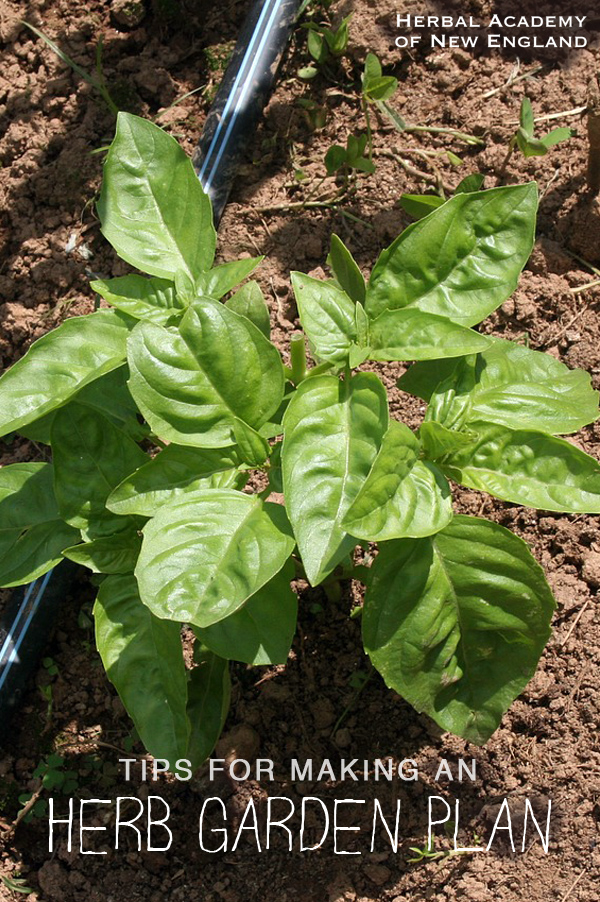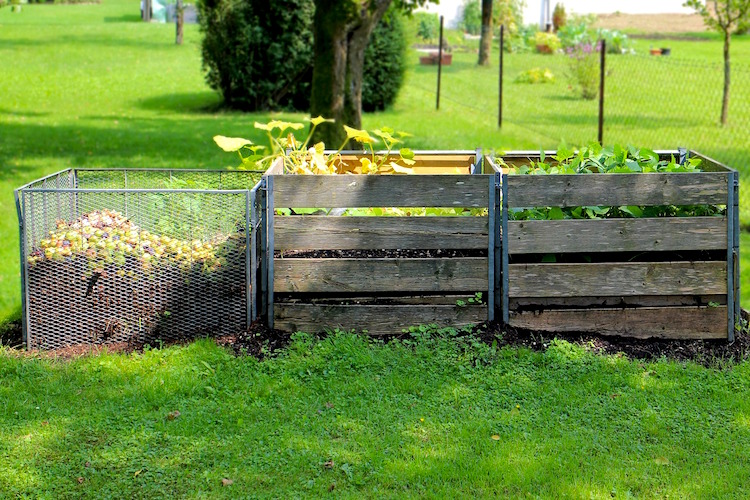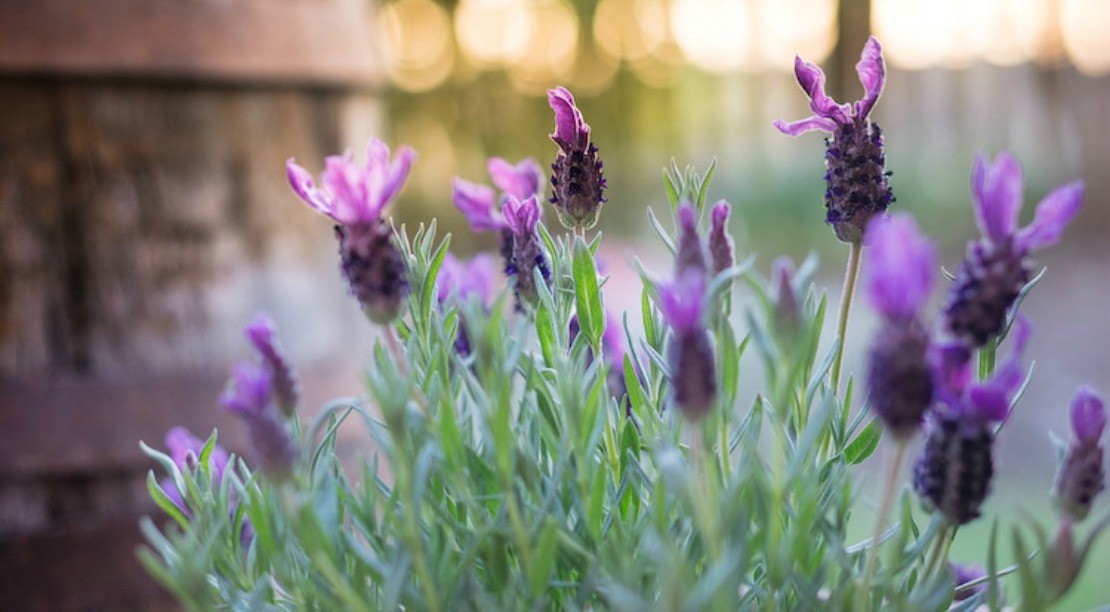
Tips For Making An Herb Garden Plan
Join us in this two-part series on planning and designing your herb garden! In this article, we’ll dive into creating an herb garden plan – choosing a location, prepping the soil, and gathering plants.
Have you’ve been poring over seed catalogs and making your lists? You are not alone! Have you made your final choices, or are you overwhelmed by the dilemma of what to plant?
At some point, most herbalists want to grow their own herbs. If this is your first herb garden, the next few months will be full of fascinating challenges. If this is your 101st garden, I hope that the information that follows will add something to your knowledge base!
Herb garden designs should start by defining what constitutes an herb. If you look in the dictionary, an herb is described as a non-woody plant that dies back in the fall. Herbalists look at rosemary, lavender, and elder – all plants with woody stems – and just shake their heads.
So what are herbs? To an herbalist, an herb is simply any non-ornamental plant of use. Are vegetables and fruits then considered “herbs?” Shouldn’t they be, since they are full of nutrients? Hippocrates said “Let your food be your medicine, and your medicine be your food.” Your herb garden can contain whatever plants you deem useful.
Make An Herb Garden Plan
The first and most important part of creating an herb garden is to start with a plan. As with many other endeavors, good, solid planning at the beginning of your project equates to more success at the end.
Sit down with a pencil and paper or a notebook, and write down all of your plans. Be sure to save your plans so that you have them next year when the snow is gone and you don’t quite remember what was where.
Location – Location – Location
Do you have an idea of where to put your new herb garden? Is the location in a sunny area? Most herbs prefer full sun, but can tolerate some shade. A bed under an old oak tree or any area with full shade probably won’t thrive.
Is the site of your garden flat? While a hilly terrain is doable, a flat spot will help you avoid the problem of having heavy rains wash away your plants or seeds. A flat spot will also be better for drainage; you don’t want your plants on the top of your hill to wilt for lack of water, while the ones at the bottom have perpetual “wet feet.”
Are you in a windy area? Some perennial herbs prefer protection, especially in the winter. Lavender can survive in a zone 4 location if it is protected.
Water
Water is always an important consideration. Is your herb bed near a water source, or will you need to purchase an extra length of hose? Is it near a building that will allow you to capture rain water?
Size
Your herb garden can be any size that you are able to maintain. If you live in an apartment or have limited space, consider container gardening. With large containers, you can grow almost anything that you could cultivate in a traditional garden.
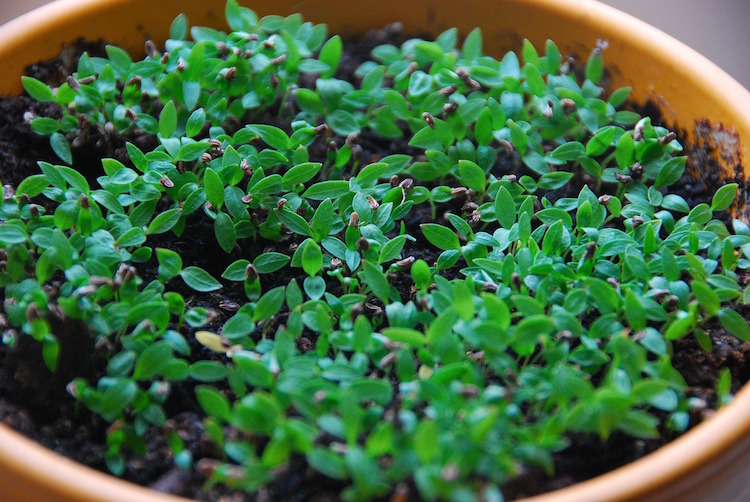
Soil
Healthy soil is an essential element of your new garden. While many herbs originate and survive in the rocky, poor soils of the Mediterranean, you want your herbs to thrive to ensure lush plants at harvest time.
Do you have clay soil? Sandy soil? Or something in between? Will the soil provide enough nutrition for the season? If you don’t know, a soil test is a good place to start. You can purchase soil-testing kits from many garden centers. Or, you can take advantage of inexpensive soil testing options through your state’s Master Gardener program.
Generally, tests cost between $25 and $50 and come with amendment suggestions. Take these suggestions to your garden center and ask for help if you’re unsure how to proceed. Only purchase fertilizers acceptable for use on edibles if you intend to ingest your harvests.
Friends with farms might be able to offer you a natural and inexpensive fertilizer source, but be sure to ask about the chemicals in their feed or medicines. You should only use second or third year (or older) manure, as first-year manure is “hot” and full of nitrogen which can burn your plants. Start composting for next year’s fertilizer!
Once you’ve chosen a suitable site tor your garden and have readied the soil, it’s time to choose your plants.
Choosing Your Plants
If you’re starting your plants from seed, be sure to read the back of the seed packet. It’s loaded with good information, including the plant’s:
- Common name
- Latin name
- Zone
- Perennial/Annual
- Origin of the seed
- Soil preferences
- Sun preferences
- How deep to plant the seed
- How far apart to plant the seeds
- Plant size
- Watering preferences
- When to sow indoors and/or outdoors
An annual, such as basil, dies back in the fall. It lives only one season. On the other hand, perennials such as monarda come back every year. A biennial, (like mullein), is a two-year plant, usually harvestable in the second year.
As you think about what to plant in your herb garden, you need to consider your zone. The USDA has a Hardiness Zone Map that is available online. It divides North America into eleven zones, each about 10 degrees warmer as you go farther south. You can find U.S. zone maps at http://planthardiness.ars.usda.gov
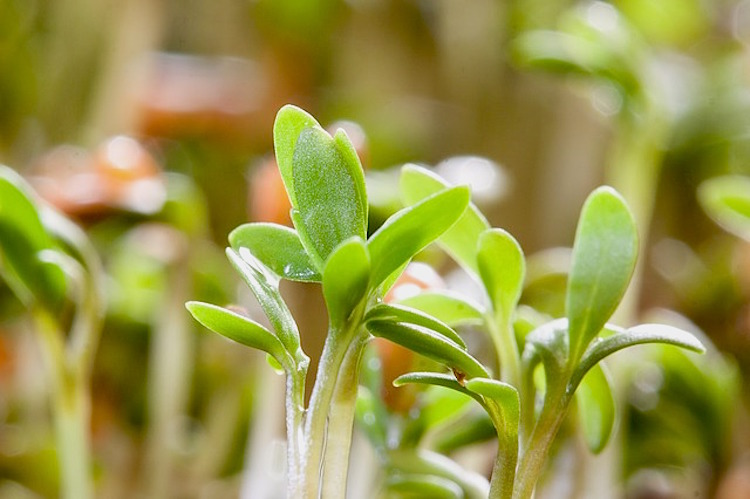
You can plant anything you like, but if you’re in a northern climate, you may need to grow some cold-tender plants as annuals, rather than perennials. Container gardening is also an option for tender plants (container gardening articles here); you just need to make sure to bring them inside before the first frost.
Starting your seed indoors can be a tricky proposition. Seed starts require the right amount of light and water. And while the ‘greenhouse’ type of planters at the garden centers are nice, they can make it difficult to control how much moisture your plants are getting.
When starting seed outdoors, be sure your soil is warm enough for your plants to germinate. (You can find the recommended soil temperature on some seed packets.) Once your seeds are in the ground, make sure to water them thoroughly. Visit this article for tips on transplanting.
If you want to get a jumpstart on your garden and harvest your herbs earlier in the season, you can buy established plants. Many garden centers are carrying a wide variety of plants to meet customer demands. The pots should come with a marker that includes much of the same information as the seed packets. Ask for a plant marker if it is not in the pot, and be sure to put it in the ground with your plant.
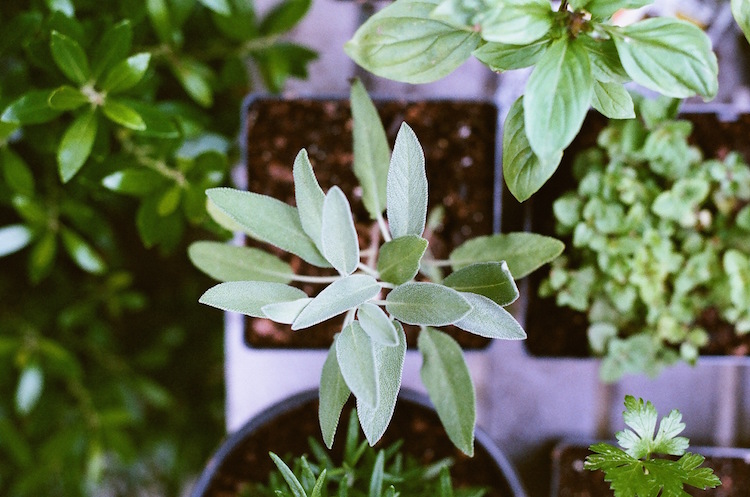
Another way to get new plants for your garden is to join a group that has annual plant shares between members. These plant-share organizations are also a great source of information. You can talk to other members about gardening problems and get solutions that will improve your harvest.
You can also get creative ideas for using an abundant herb harvest. Sometimes, an abundance of herbs can prove problematic for gardeners. This is often the case for plants in the mint family, in particular. Mints are popular in herb gardens, but you should take a few precautions to ensure that these invasive plants don’t take over your entire garden.
Some people plant their mints in a pot and then plant the pot in the ground to keep mint from spreading. Others plant mints on the edge of their gardens and run their lawn mower over the escapees. When choosing which mints to plant, don’t inter-mix varieties, since they can crossbreed. A peppermint next to a lemon balm could result in a minty lemon.
Herbs are good additions to vegetable gardens, too. More gardeners are using them as “companion plants” in an attempt to use natural (versus chemical) substances for pest and disease control. Companion planting guides give suggestions of what might be planted by what to deter pests. For example, you can plant rosemary, onions, and garlic near anything in the cabbage family to help you avoid cabbage worms. Tomatoes and basil grow better when planted next to each other.
Don’t forget the size of each herb in your planning stages. Research any plants you are unfamiliar with to ensure you keep the larger plants in the back of the garden, the midsize herbs in the middle, and the shorter herbs in the front. Make plant sizes work for you – the larger ones can take over an area, or they can define the garden.
What about the Weeds?
When the soil is good, the sun is right, and there’s regular watering, many plants — invited or uninvited — want a piece of the action. This includes weeds — and lots of them! Try to keep up on the weeding. Weeds can quickly get out of hand during the peak growing season!
Mulching between plants and on your paths can help control weeds. Mulch can be anything you want to use and can afford. For an inexpensive mulch, you can place many layers of newspaper (or cardboard) over your paths and cover the newspaper or cardboard with wood mulch.
Join us next week to get ideas for herb garden design themes and color selections!

